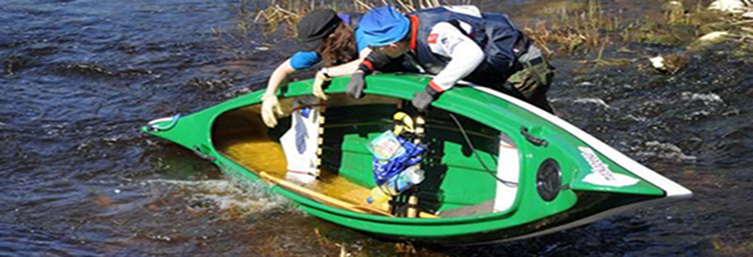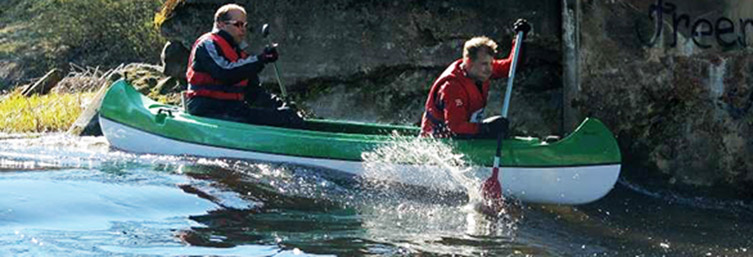One of the best ways to get out of your routine is a canoe tour in the great outdoors. The bigger the group, the more interesting and diverse the trip will be. You can go with your family, friends, coworkers or why not a romantic date with your partner, to spend quality time. In the case of a large amount of people you should definitely consider the amount of canoes and seats, so that nobody has to stay on shore to see others off. Anyone can handle a canoe; however, kids, the elderly and beginners should avoid white water and dangerous situations at first. Experiences paddlers also take trips lasting several days, taking tents, food and other necessary experience with them.

Make sure to take a life jacket, otherwise the day may end sadly. In addition, there should be warmer clothes with you, kept in waterproof bags. Larger baggage can be placed under the seats, tying them to their place. Phones, cameras, etc., should be in special waterproof bags, and in case they aren’t there for some reason, it’s better to leave technology at home, then you don’t have to worry about something happening with it and you can enjoy the trip fully.

Remember!
*You definitely shouldn’t stand up in the canoe while paddling, this almost always ends with a swim.
*When going under obstacles (for example a low hanging branch), you should always lean forward or back, never to the side.
*It’s not a good idea to grab branches, since the unexpected change of the centre of gravity might soon remind the canoer of the temperature of the water.
*The back should be straight or hollow when sitting, otherwise you’ll get tired fast.
*In the case of beginner canoers, a more experienced paddler should sit in the back, since all of the steering goes through the person sitting in the back.

In the case of correct padding, the pull is started as far forward as possible, holding the paddle in an upright position while pulling and ending the pull at the hip. The canoe can be easily turned by pushing away by the nose and pulling by the tail. Usually the person sitting in the back is in charge of the manoeuvres, leaving the paddle as far behind as possible in the end, moving forward with small movements. This stops the movement the least. If you need to turn the canoe fast, then you push with the paddle away from the tail, but this stops the movement a lot more. Braking is done by paddling backwards. The canoe is easier to steer from the inner curve.

To get faster speed, instead of using a normal paddle, use a kayak paddle that is being held by the person sitting in the front. They can also both be kayak paddles, which means the ride will be faster and more exciting. When choosing a paddle and blade, you need to take into account whether the canoe will be used on large and wide bodies of water, or narrow rocky ones. Compared to wood, paddles with plastic blades are significantly more impact-resistant.

When putting in, make sure that the bow of the canoe is already in the direction of where you’ll be going. The last person to sit in a canoe is the person in the back, who will also hold the canoe in the right position, until others sit in the vehicle. When taking out, this order goes the other way around. The first person to leave the canoe is the person sitting in the front, holding the boat still until others have gotten out. In the case of flipping the canoe over, it should first be turned to its side and then lifted out of the water. When lifting the canoe onto a roof rack, place it upside down if possible, because in case of unexpected rain, the canoe will be significantly heavier.

Read more about canoeing : link


